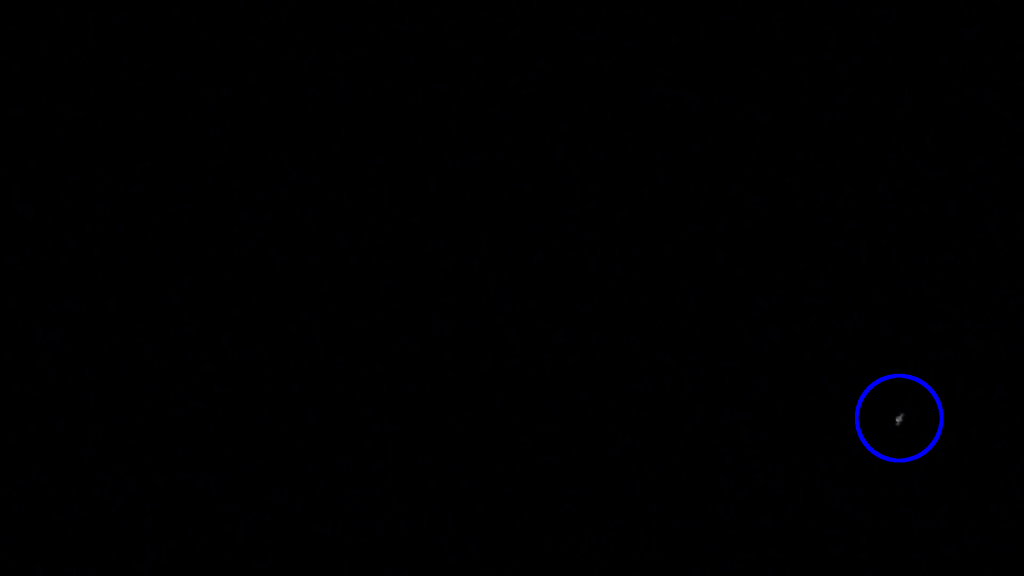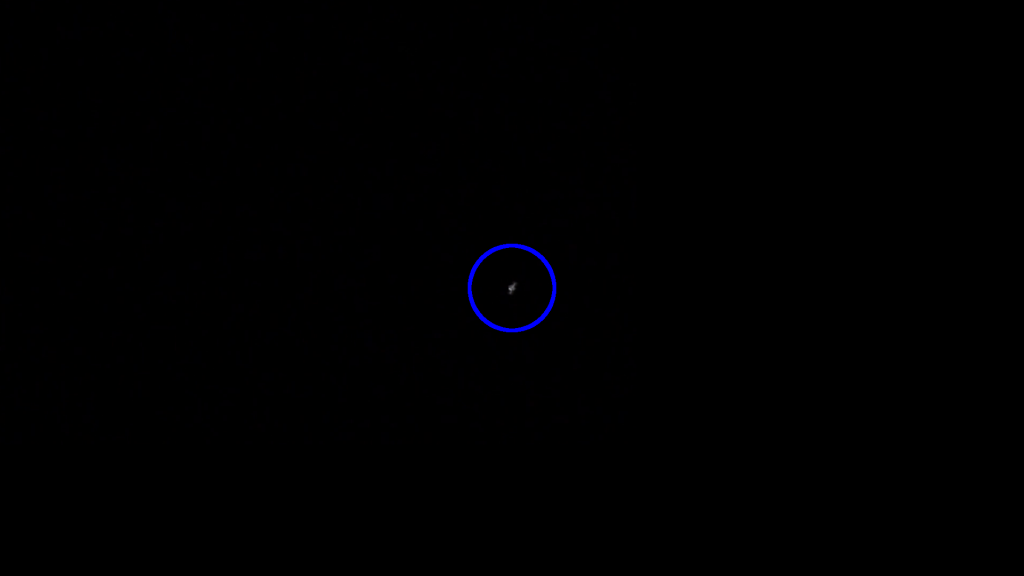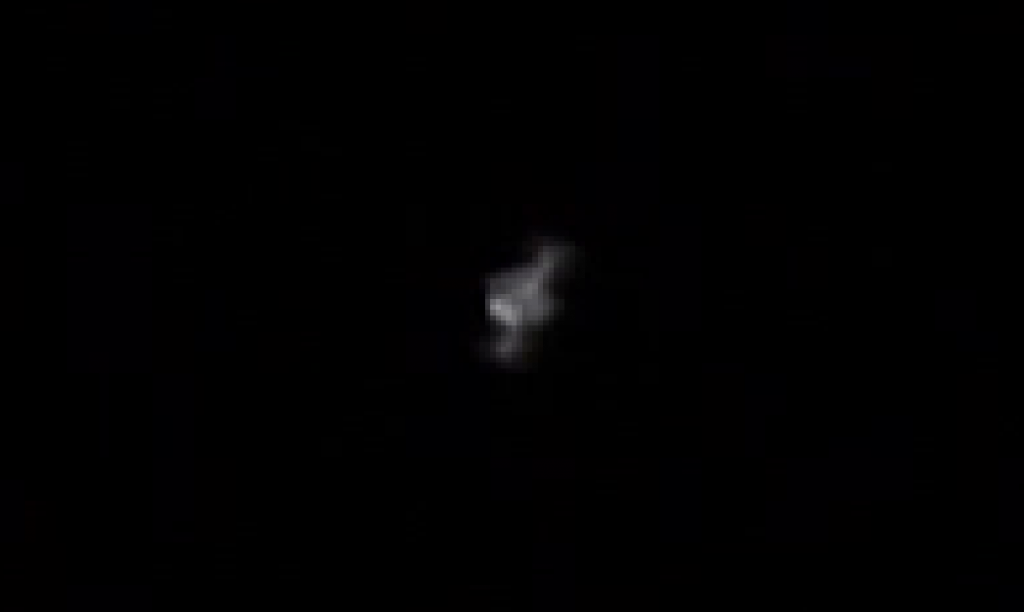
Observing the ISS from Earth
The International Space Station is orbiting our planet since 1998. One orbit takes only approximately 92 minutes and the ISS is sometimes visible at the night-sky. To the naked eye it looks like a bright star crossing the night sky in just a few minutes.
In April 2017 I was visiting my uncle in Almeria, Spain. He has a nice telescope and we were wondering, whether it would be possible to recognize the International Space Station’s shape through the telescope. As it turned out it is possible but not easy: The primary difficulty was to keep the rapidly moving ISS within the telescope’s field of view. Additionally, the video output was very shaky, which made comprehensive post-processing necessary.
If you want to spot the station check out NASA’s website spotthestation.nasa.gov. But first of all enjoy the video which we recorded that night!
Date: Sat Apr 15, 21:24 (visible for 4 min)
Appeared: 37° above NW; disappeared: 12° above SE; max height: 87°
Camera and Telescope
The camera is a Sony Alpha ILCE-A5100. It was directly mounted to the telescope, without any objective in between.
- Sensor type: CMOS
- Sensor format: APS-C
- Sensor size: 23.50mm x 15.60mm
The telescope is called Galaxy D10-K Dobson.
- Aperture: 250mm
- Focal length: 1250mm
- Focal ratio: 5.0

Post-Processing
In the raw movie output the ISS was bouncing wildly through the image. Therefore I performed the following post-processing steps:
- Loading the movie file into a C# program (the source code can be found on Github: /Simsso/ISS-Telescope-Video-Post-Processing).
- Saving all frames, where the brightest 2% of all pixels have an average brightness of more than 0.09 (with 0 being black and 1 being white).
- Loading the selected frames and moving the brightest object into the center.
- Importing all images into the Blender Video Sequence Editor and rendering a video with the desired magnification factor (x2 for the main video and x24 for the frame in the top-right corner).



Update: One month after our observation Thierry Legault uploaded a video on YouTube showing the ISS, recorded through his telescope — the quality is stunning.